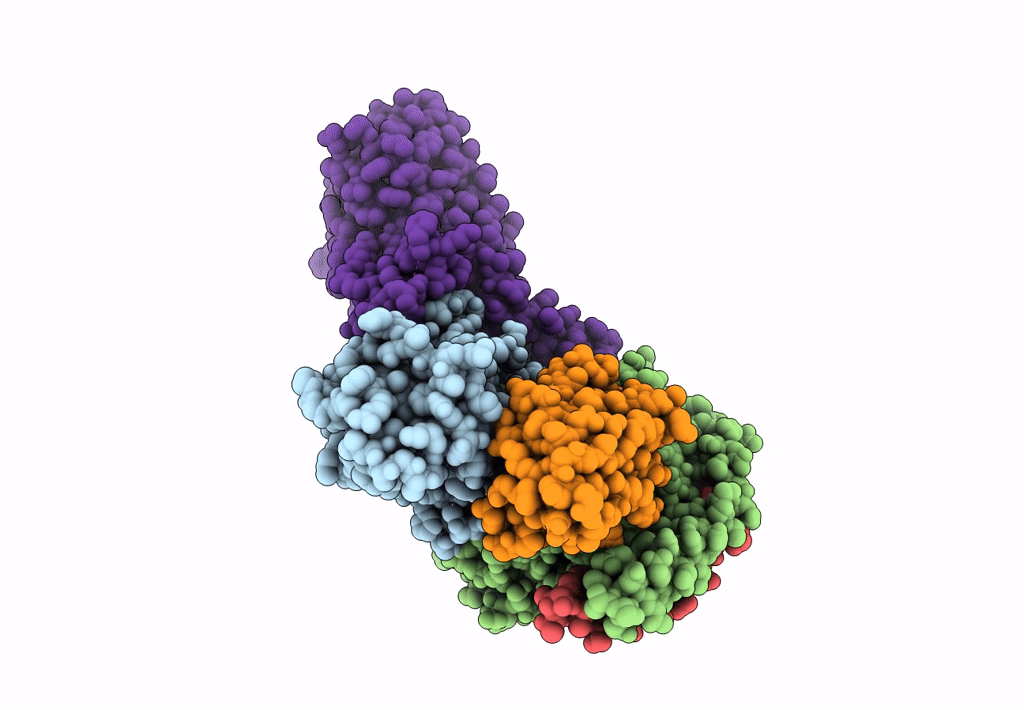
Deposition Date
2021-04-27
Release Date
2022-05-11
Last Version Date
2025-07-02
Entry Detail
PDB ID:
7EPT
Keywords:
Title:
Structural basis for the tethered peptide activation of adhesion GPCRs
Biological Source:
Source Organism:
Homo sapiens (Taxon ID: 9606)
synthetic construct (Taxon ID: 32630)
synthetic construct (Taxon ID: 32630)
Host Organism:
Method Details:
Experimental Method:
Resolution:
3.00 Å
Aggregation State:
PARTICLE
Reconstruction Method:
SINGLE PARTICLE


